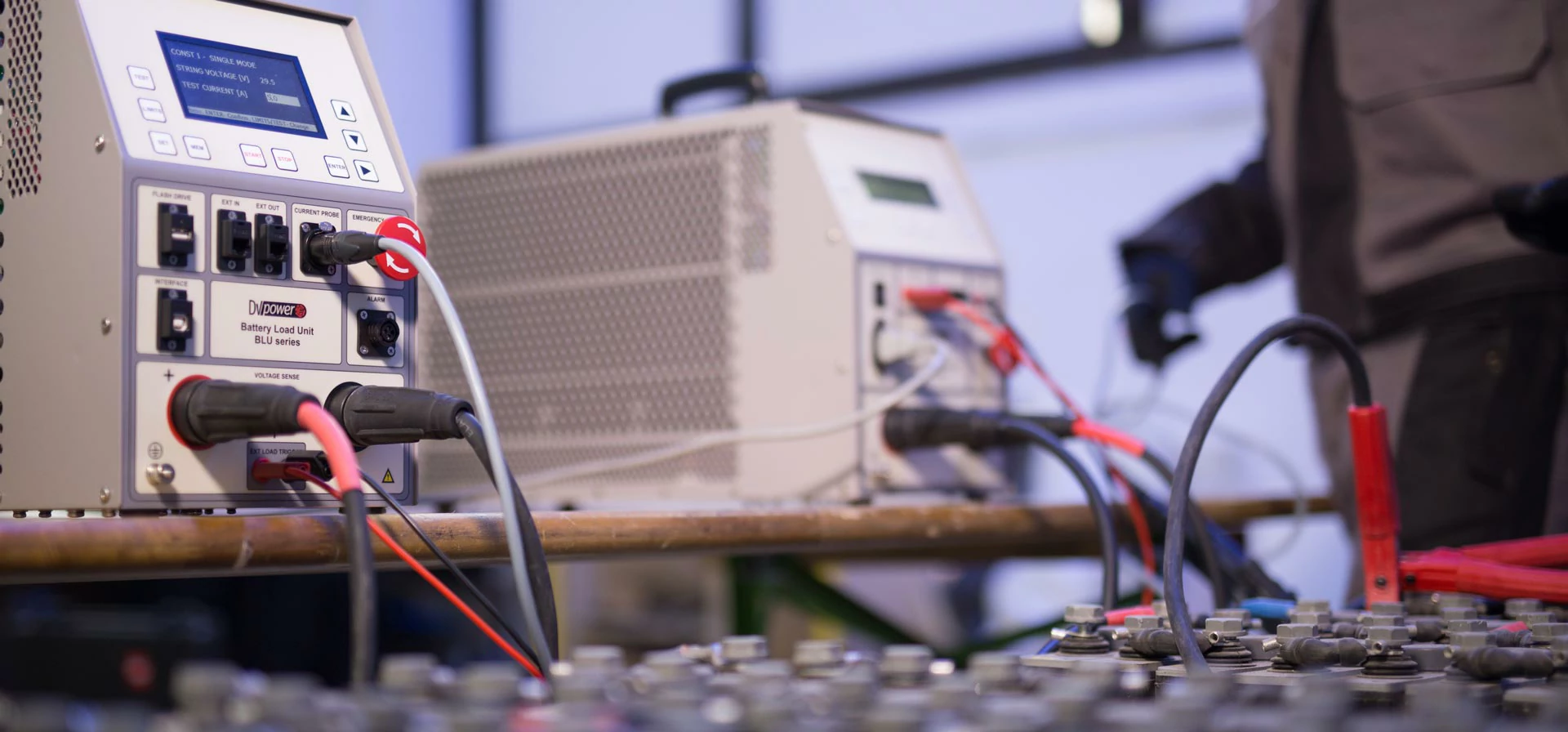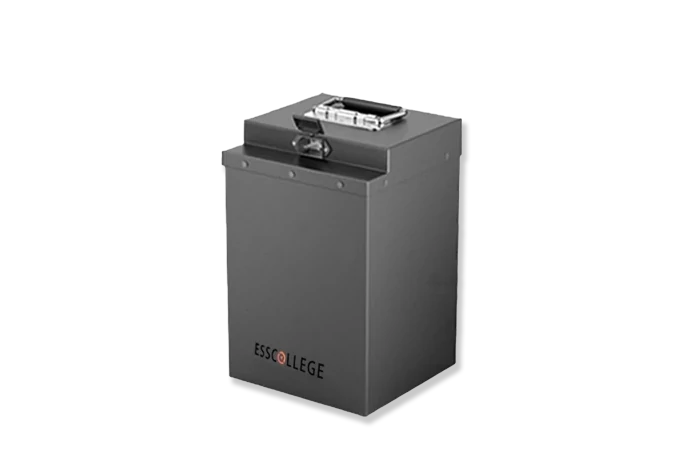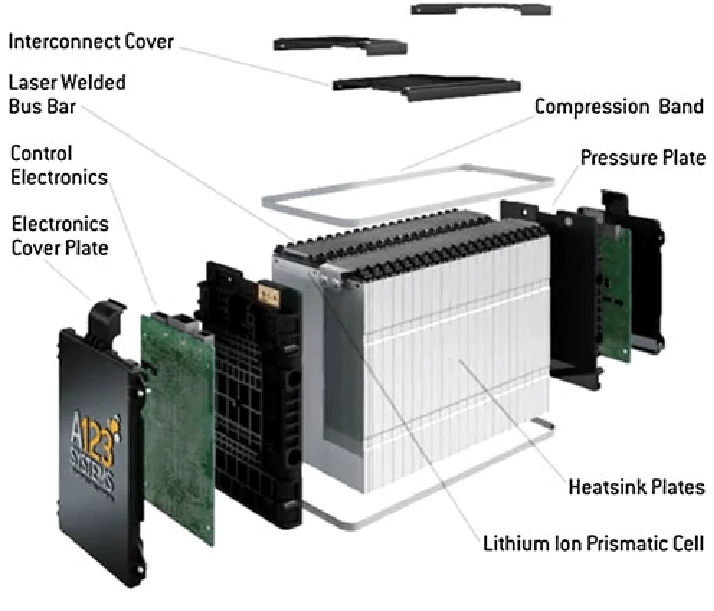Product testing Product testing is a key link to ensure...
Electrical performance test
Electrical performance test is a key link to evaluate the electrical characteristics of battery such as energy conversion efficiency, energy storage capacity and working state during use. By measuring the different electrical properties of the battery, it is ensured that the battery can provide the required power for the equipment stably and maintain a good working state under different use conditions.
Electrical performance test

Electrical performance testing is the basis for ensuring that batteries can efficiently and safely provide energy to devices. Through the testing of capacity, charge and discharge efficiency, internal resistance and other aspects, the working state, performance advantages and potential risks of the battery can be fully understood, so as to provide data support for the application and optimization of the battery.
Test item
Capacity tests are used to measure the amount of energy stored in a battery, usually in milliampere-hours (mAh) or ampere-hours (Ah). By charging the battery and fully discharging it, the maximum amount of power the battery can provide is measured. Capacity testing verifies that the battery meets the expected capacity and ensures that it will provide sufficient service time for the device.
Summary: Capacity testing helps evaluate the energy storage capacity of the battery under normal operating conditions to ensure that it meets the needs of the device.
Internal resistance is the resistance to the flow of current inside the battery, which affects the efficiency and power output of the battery. Batteries with higher internal resistance may cause excessive heat generation and even affect the battery's service life. The internal resistance test usually calculates the internal resistance of a battery by measuring the ratio of the terminal voltage to the change in current.
Summary: The internal resistance test can evaluate the energy loss of the battery, and batteries with lower internal resistance usually have better discharge efficiency and lower heat generation.
An open circuit voltage test is a test of the voltage of a battery when it is not connected to a load and is often used to determine the health of the battery. A healthy battery should have an open circuit voltage close to its rated voltage. By monitoring the open circuit voltage of the battery, it is possible to assess whether the battery has started to decay or has other problems.
Summary: Open circuit voltage testing helps to understand the current state of the battery, and a low open circuit voltage may mean that the battery's performance is degraded or damaged.
Rate performance testing is used to evaluate the performance of a battery at different discharge rates, usually by testing the voltage and capacity performance of the battery at high discharge rates (such as 0.5C, 1C, 2C, etc.). This test helps to understand the stability and efficiency of the battery under high loads, ensuring that the battery can function properly under high power demands.
Summary: The rate performance test evaluates the discharge capacity and stability of the battery under different load conditions to ensure that the battery can cope with sudden high load demands.
A self-discharge test is used to measure the rate at which a battery can discharge itself when there is no external load. Self-discharge is the process by which a battery naturally consumes energy when it is not in use. A higher self-discharge rate may indicate a problem with the battery or poor quality. Through this test, the storage and retention capacity of the battery can be determined.
Self-discharge testing helps evaluate the battery's ability to hold energy when not in use, and a low self-discharge rate usually means that the battery is able to hold charge for a long time.

low-speed car batteries
Low-speed vehicle battery is a kind of battery designed for low-speed electric vehicles, which has the characteristics of clean, environmental protection, high efficiency and economy, and is widely used in electric golf carts, low-speed electric vehicles (LSV), mobile vendors, campus transportation, cargo trucks and so on
Extended reading
Product packaging and delivery
Product packaging and delivery The packaging and delivery of battery...
Product information expansion
Product information expansion Understanding low-speed vehicle battery product information is...
Product composition
Low-speed lithium battery product composition Understanding the product composition of...
THE ESSC Brand promise
Global supply
Our products sell well all over the world, covering many countries and regions, through the global logistics network, to provide customers with convenient purchasing experience.
Rigorous quality
We adhere to the highest quality control standards to ensure every product meets industry regulations and customer expectations, earning trust through consistent excellence.
Excellent service
With a customer-centric approach, we provide prompt responses, professional support, and personalized services, aiming to deliver the best user experience and long-term value.





